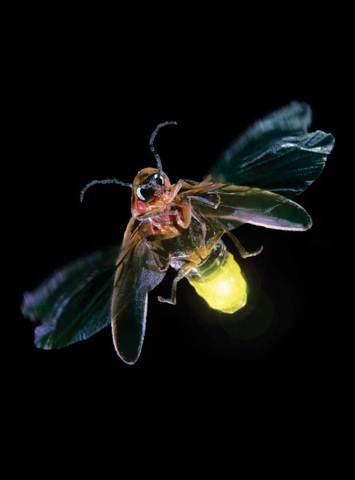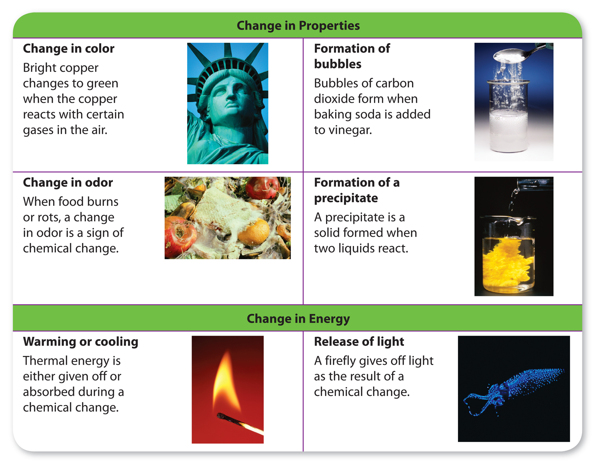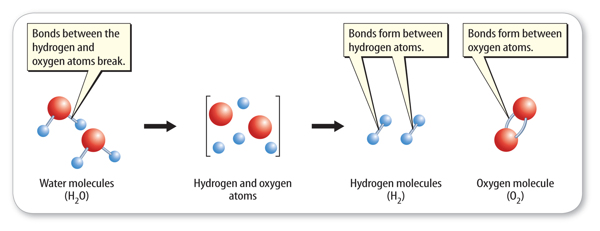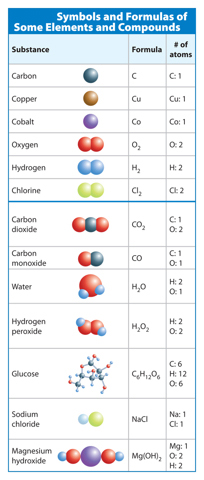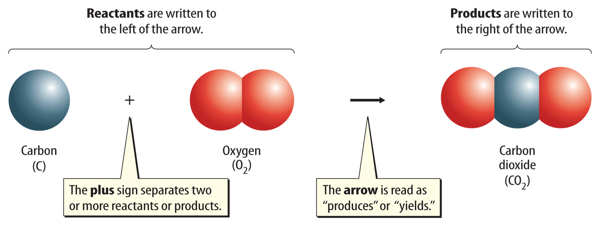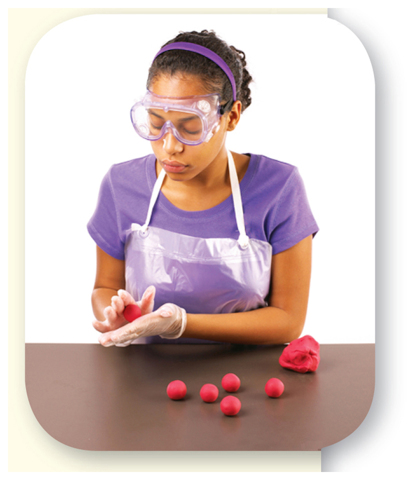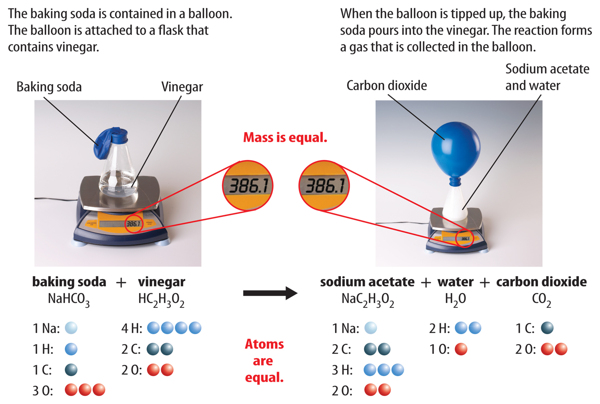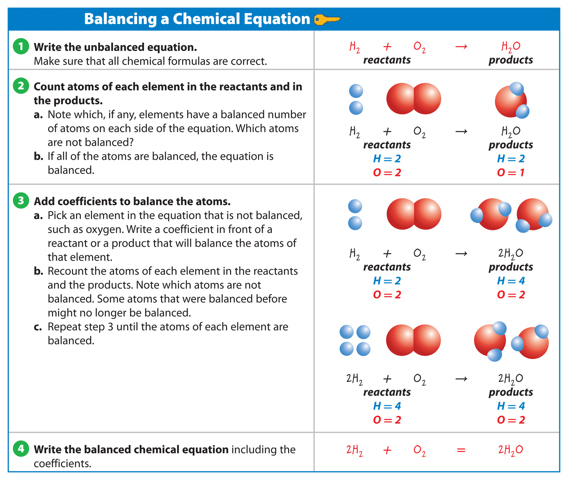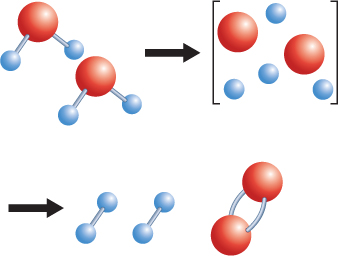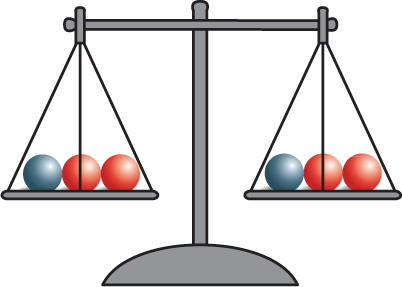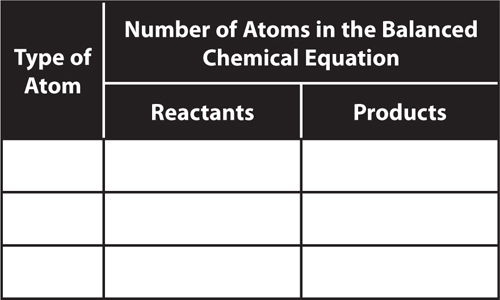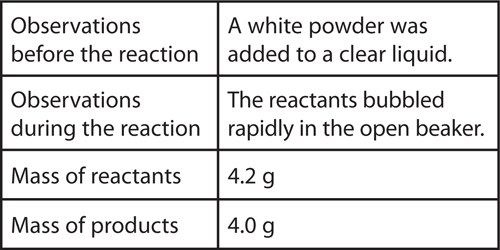Sandoval's 7th grade Science
2nd Semester Review
2nd Semester Review
You are amazing!
Games
Quiz yourself, click each topic below
and take an online quiz!
Ecosystems Ecosystems 2 Relationships in Ecosystems
The Water Cycle Water 2 Soil Inherited versus Learned Traits
Life Cycles of Plants and Animals Weathering and Erosion
Weather and Natural Disasters
Quiz yourself, click each topic below
and take an online quiz!
Ecosystems Ecosystems 2 Relationships in Ecosystems
The Water Cycle Water 2 Soil Inherited versus Learned Traits
Life Cycles of Plants and Animals Weathering and Erosion
Weather and Natural Disasters
Demonstrate and explain the cycling of matter within living systems such as in the decay of biomass in a compost bin.
Diagram the flow of energy through living systems, including food chains, food webs, and energy pyramids.
Analyze the effects of weathering, erosion, and deposition on the environment in ecoregions of Texas.

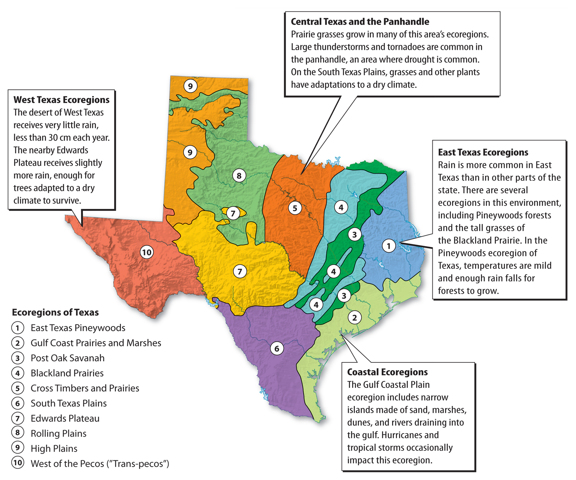

Watershed Game
Identify the accommodations, considering the characteristics of our solar system, that enabled manned space exploration.
To be in space we need A system for breathing, air pressure, temperature control, walking, identification, food storage…can you think of any more…
To be in space we need A system for breathing, air pressure, temperature control, walking, identification, food storage…can you think of any more…
Describe
how different environments, including microhabitats in schoolyards and
biomes, support different varieties of organisms.
Observe, record, and describe the role of ecological succession such as in a microhabitat of a garden with weeds.

Examine organisms or their structures such as insects or leaves and use dichotomous keys for identification.
